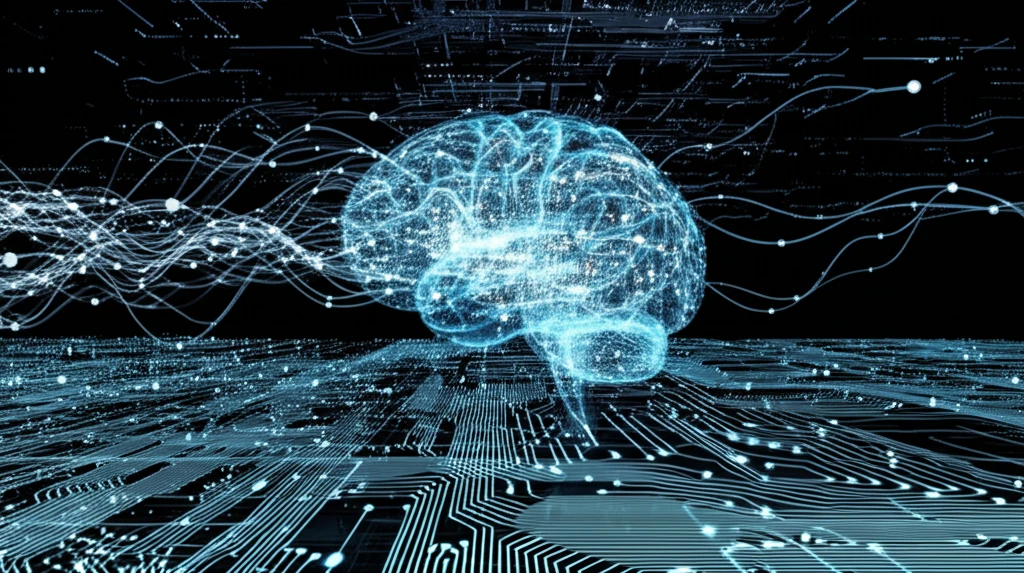
Unlock the Power of Big Data and Deep Learning: A Beginner's Guide
"Discover how the INNS Conference is shaping the future of data science and AI. Learn practical insights and real-world applications in this comprehensive overview."
The world is awash in data, and the ability to analyze and extract meaningful insights from this deluge is more critical than ever. Big Data and Deep Learning, once niche fields, are now at the forefront of technological innovation, driving advancements across various sectors.
The INNS (International Neural Network Society) Conference on Big Data and Deep Learning serves as a vital platform for scientists, engineers, and researchers to share their latest findings and collaborate on groundbreaking ideas. This conference, which has evolved from its initial editions in 2015 and 2016, highlights the cutting-edge research and applications that are shaping the future of data science.
This article aims to provide a comprehensive overview of the key themes and discussions from the INNS Conference, translating complex concepts into accessible insights for both beginners and those looking to deepen their understanding of Big Data and Deep Learning.
What Exactly Are Big Data and Deep Learning?

Before diving into the specifics of the INNS Conference, it's essential to understand the fundamental concepts of Big Data and Deep Learning. Big Data refers to extremely large and complex datasets that are difficult to process using traditional data management techniques. These datasets are characterized by the three V's: Volume (the amount of data), Velocity (the speed at which data is generated), and Variety (the different types of data).
- Volume: Dealing with massive amounts of data from diverse sources.
- Velocity: Processing data in real-time or near real-time as it streams in.
- Variety: Handling structured, semi-structured, and unstructured data types.
The Future is Data-Driven
The INNS Conference on Big Data and Deep Learning highlights the dynamic and evolving nature of these fields. As technology continues to advance, the ability to harness the power of data will become increasingly important. By understanding the fundamental concepts and staying abreast of the latest research, individuals and organizations can unlock new opportunities and drive innovation in the data-driven world.
